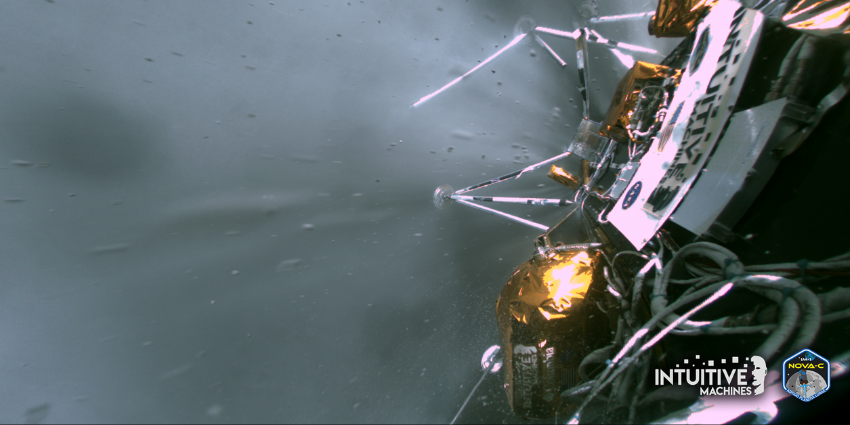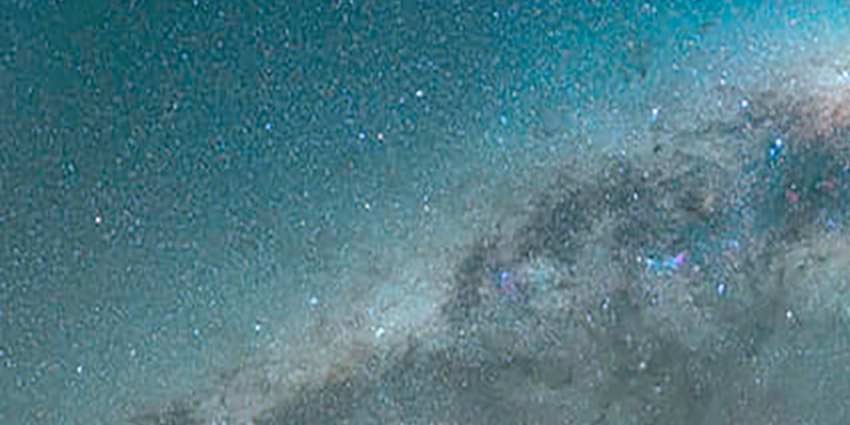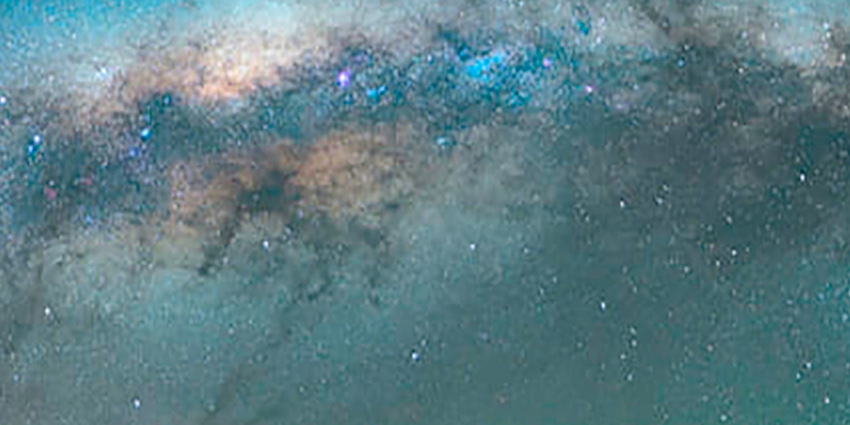For more than 60,000 years Western Australian Aboriginal people have used the night sky for navigation, to predict weather, for information about food sources, and to catalogue and tell stories.
Today, space plays an equally important role in Western Australia.
Western Australia is involved in a diverse range of space activities – providing critical support for international space agencies and commercial space missions, building the world’s largest radio telescope and transferring our world-leading remote operations technologies from the resources sector to space missions.
Western Australia is also at the forefront of technology transfer between space and terrestrial sectors to improve productivity, safety and socioeconomic outcomes for our economy and community. Our State’s space industry is underpinned by a highly skilled workforce, a world-class space science ecosystem, a thriving community of space STEM outreach groups and supported by innovation hubs and common use infrastructure
Announcements
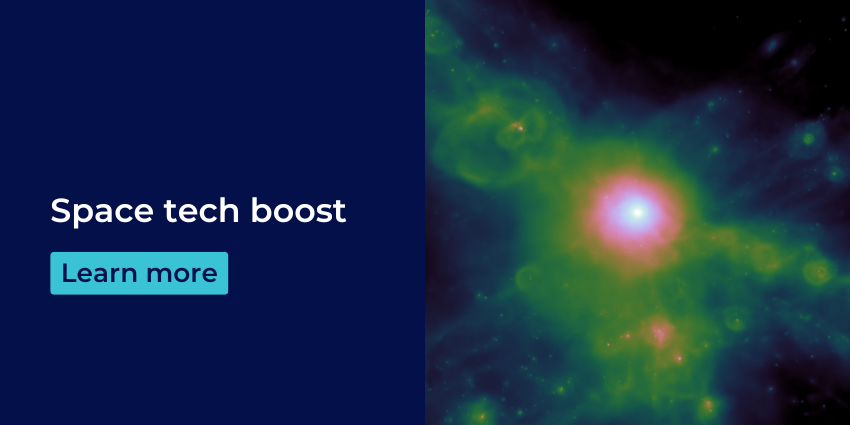
Stars align for radio astronomy centre
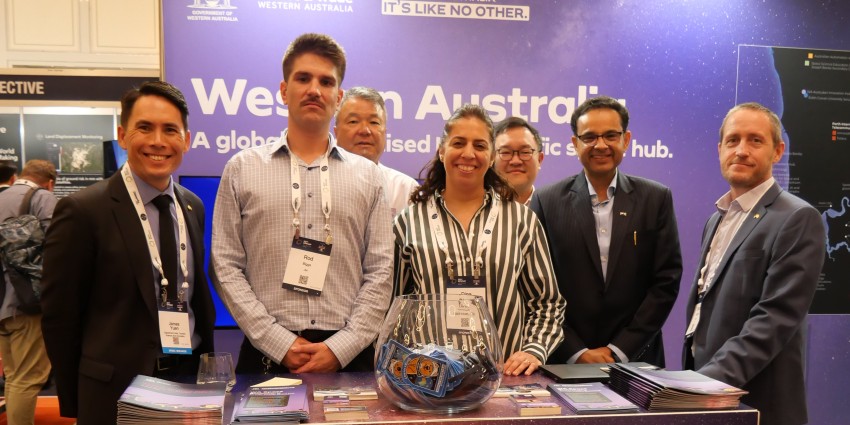
City of lights shines for WA Space Week
